Every so often we come across a processor that is truly unique. In 2020, perhaps the best server processor you can get is the AMD EPYC 7H12. When the AMD EPYC 7H12 was first released in 2019, the parts were very hard to get. Effectively, you needed to be building a supercomputer to get one. In 2020, as the desktop line has started its transition to Zen 3, and yields are up on Zen 2, it seems as though AMD has been engaging with several OEMs to meet the thermal requirements of the new chip. In turn, this has led to AMD and its partners opening up the chip to non-supercomputer uses. Anyone can go out and purchase these chips today. We asked AMD to sample us the chip last year and that request was politely declined. Of course, since this is STH, we finally managed to get a pair of them for our review today. In this review, you are going to see just how far ahead AMD is in the server space today.
AMD EPYC 7H12 Video
If you want to check out the video version of this review, you can find it here:
We are going to quickly note that the video has a bit less on the technical details but more color commentary. Our suggestion is to open it in a separate browser window on YouTube.
AMD EPYC 7H12 Overview
The EPYC 7H12 is one of those fun SKUs in the world of server CPUs. It is an ultra-high-performance part. Indeed, by raw computational power, it is the fastest CPU you can get in 2020 if we assume the EPYC 7003 “Milan” and Intel Ice Lake Xeon series will realistically be Q1/Q2 2021. Part of the way it is able to claim that title is through raw compute resources. The other is through the ability to use more power and generate more heat.
Key stats for the AMD EPYC 7H12: 64 cores / 128 threads with a 2.6GHz base clock and 3.3GHz turbo boost. There is 256MB of onboard L3 cache. The CPU features a 280W TDP. AMD does not publish the list price of the EPYC 7H12, but it should be around $300-400 more than an EPYC 7742 in 1K tray unit pricing.
Here is the lscpu output for the EPYC 7H12:
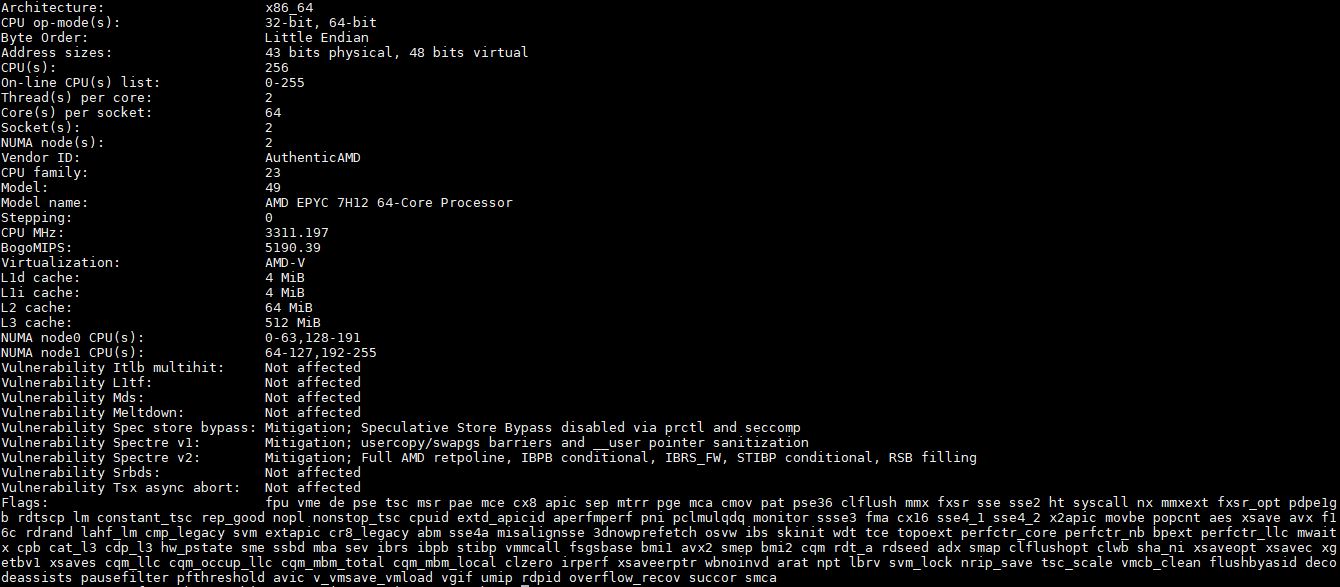
While some assume that the AMD EPYC 7002 “Rome” CPUs only go up to 225W TDP, excluding higher configurable TDPs and frequency optimized SKUs such as the AMD EPYC 7F52 that is not entirely accurate. There are, of course, CPUs such as the 7V12 (64C 240W), which are off roadmap parts that are essentially higher-end EPYC 7742 parts, but those are neither top-end, nor public.
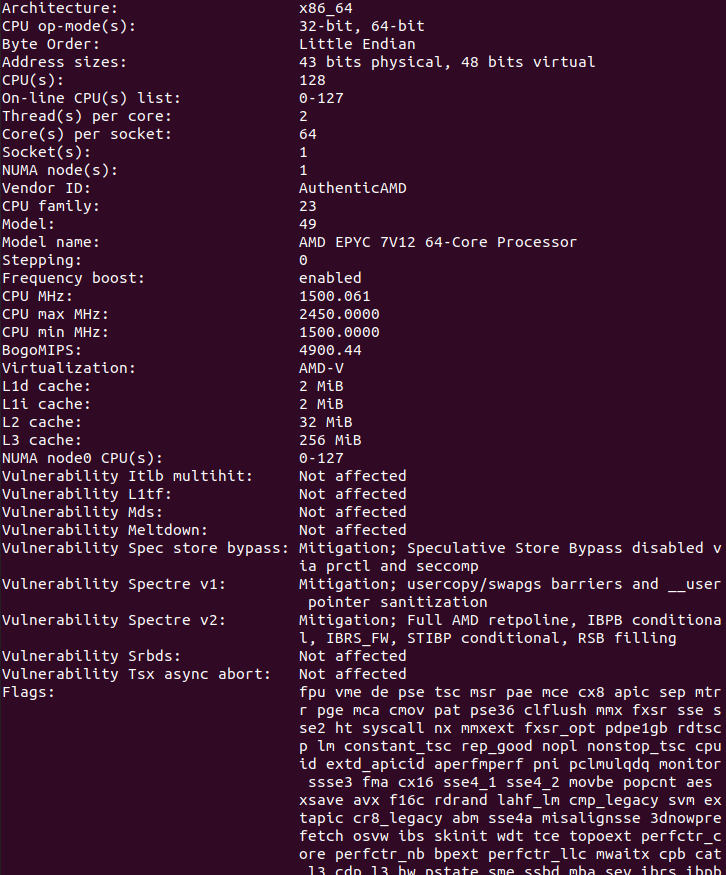
AMD for its part fully acknowledges this SKU, and it is considered a public/ on-roadmap part. It is also one that AMD declines to give us a list price for. With the EPYC 7742 at $6,950 list price, we would project the EPYC 7H12 is a $7,250 to $7,350 part in 1K tray pricing. For some, that is going to seem like an extraordinarily expensive CPU. For others, it is going to seem like a complete bargain.
We were not able to test the EPYC 7H12 in the same platform as the EPYC 7742 due to an AMD PSB vendor-locking feature. Still, our sense is that these chips were using, including cooling them, 100-150W more, under full load, than the EPYC 7742’s were. There are ways to mitigate this by utilizing liquid cooling and indeed the EPYC 7H12 is designed for liquid-cooled servers if you want density such as 2U4N form factors.
While AMD originally intended these for the HPC market where liquid cooling is more prevalent, if you want the most compute power you can get in a 2U server, these are probably the best option. HPC workloads are often memory bandwidth limited to where having 64 cores does not automatically help solve problems faster. Sometimes, however, you just want the best combination of sustained CPU performance, PCIe connectivity, and memory bandwidth. For that, the AMD EPYC 7H12 that you can find in many 2U servers today is the best you can get, and Intel is not even close.
Test Configuration
For this test, we are using the Dell EMC PowerEdge R7525.
- CPU: AMD EPYC 7H12
- System: Dell EMC PowerEdge R7525
- Memory: 1TB DDR4-3200 ECC RDIMM
- Storage: 24x 1.6TB NVMe SSDs
- Networking: Intel X710 OCP NIC 3.0
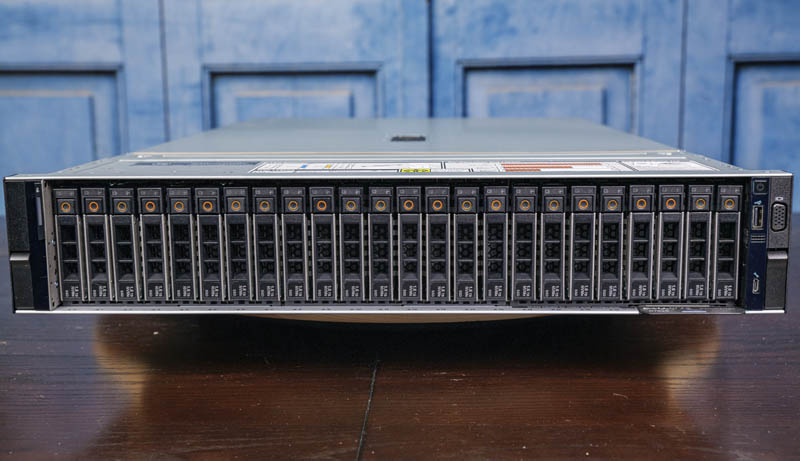
This is a different configuration than we used to capture other benchmark data because AMD PSB Vendor Locks EPYC CPUs for Enhanced Security and Dell implements this feature. If you do not know that feature can also add this to your watch later list to learn why:
While the Dell EMC configuration is excellent, it is different in its cooling capabilities. We tested the other AMD EPYC parts in an AMD Daytona system which is a 2U system as well. There can be, naturally, some variation due to the different platforms but with PSB we cannot put our other lab CPUs into the Dell system.
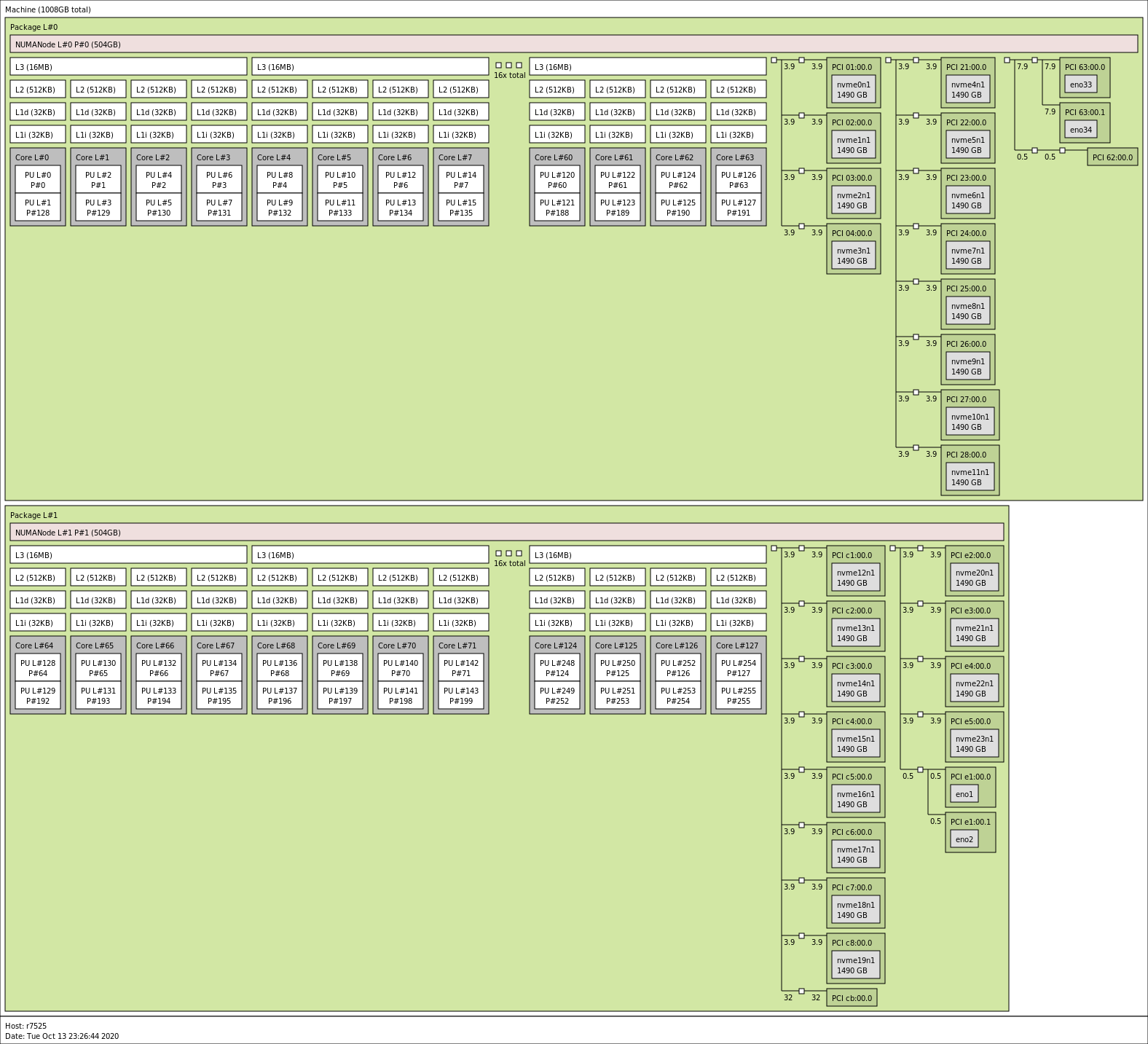
One of the great things about the Dell EMC PowerEdge R7525 is that one can purchase and configure the system with the AMD EPYC 7H12 online. It is a small upgrade in terms of absolute dollars but provides a lot more performance. One can also use these chips without using liquid cooling.
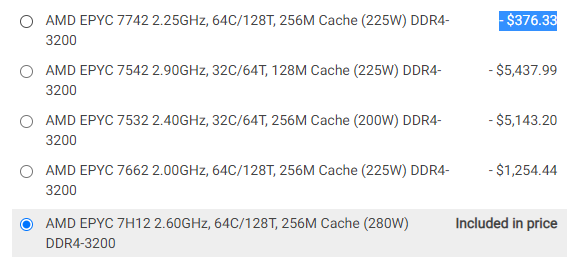
So we do have a different test configuration here, but it is the nature of using these CPUs. It also makes providing power consumption comparisons not worthwhile.
Next, let us get to the performance.

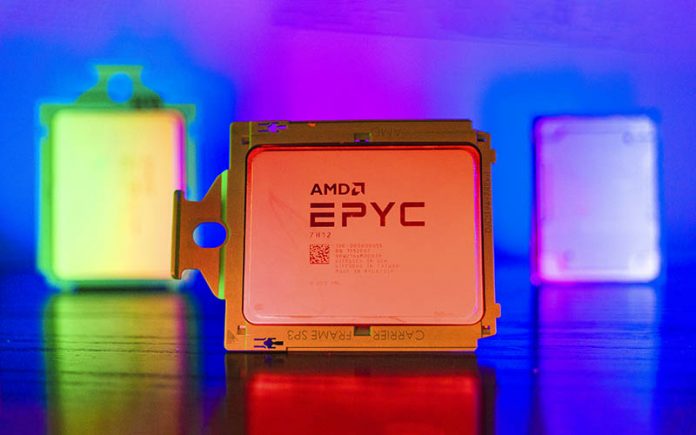



Impressive! Thanks Patrick. I wonder how soon you will be measuring Linux kernel compiles per second.
We actually use a larger codebase to compile than some others. When we started, I thought that it may be too big, especially for embedded chips. Now I am looking for what is next that is larger.
Chromium or Firefox are pretty large in LoC/Compile time but the build can be a bit finicky.
GCC is large too, might be an option.
Tensorflow takes ridiculously long to compile in my experience, too.
Building LLVM takes a while and Qt 5.15 takes ages.